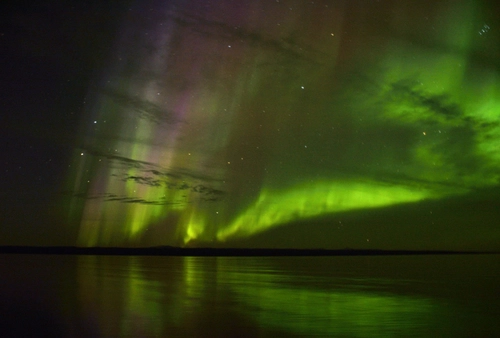The northern lights, also known as the aurora borealis, offer some of the most breathtaking photographic opportunities in the Arctic. However, capturing this stunning phenomenon requires more than just luck. To take your best northern lights photos, it's helpful to understand some key aspects of aurora-specific photography.
Here are ten of our top tips for photographing the northern lights, useful whether you're on a northern lights tour to Greenland, Northern Norway, or the polar-bear-filled shores of Svalbard.
While this article focuses on general tips for taking better aurora borealis photos, we also have a video (linked at the bottom) by an expert nature photographer that will give you additional tips specific to setting up your camera.
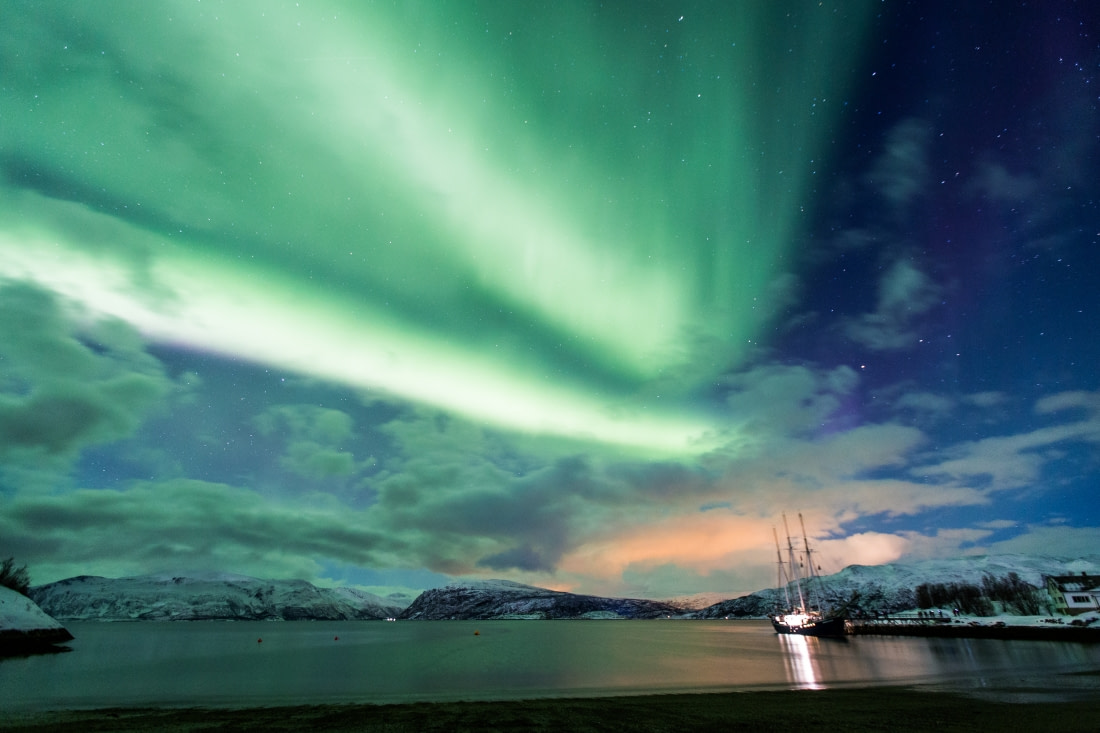
1. Prepare for cold weather when capturing the northern lights
Sometimes travelers focus so much on packing their photography gear that they forget a crucial element: their own comfort.
Photographing the northern lights often involves long periods outside, watching the sky and waiting for the perfect moment. The cold can be particularly biting during these sedentary waits, especially since northern lights tours occur during the coldest months of the Arctic year. Therefore, it's essential to prepare not just for long hours but also for the frigid Arctic night.
During Svalbard trips, temperatures can plummet to -40°C (-40°F). Ensure you have enough layers to stay warm, along with some coffee or hot chocolate—and a good deal of patience, as Arctic weather doesn't always provide clear skies.
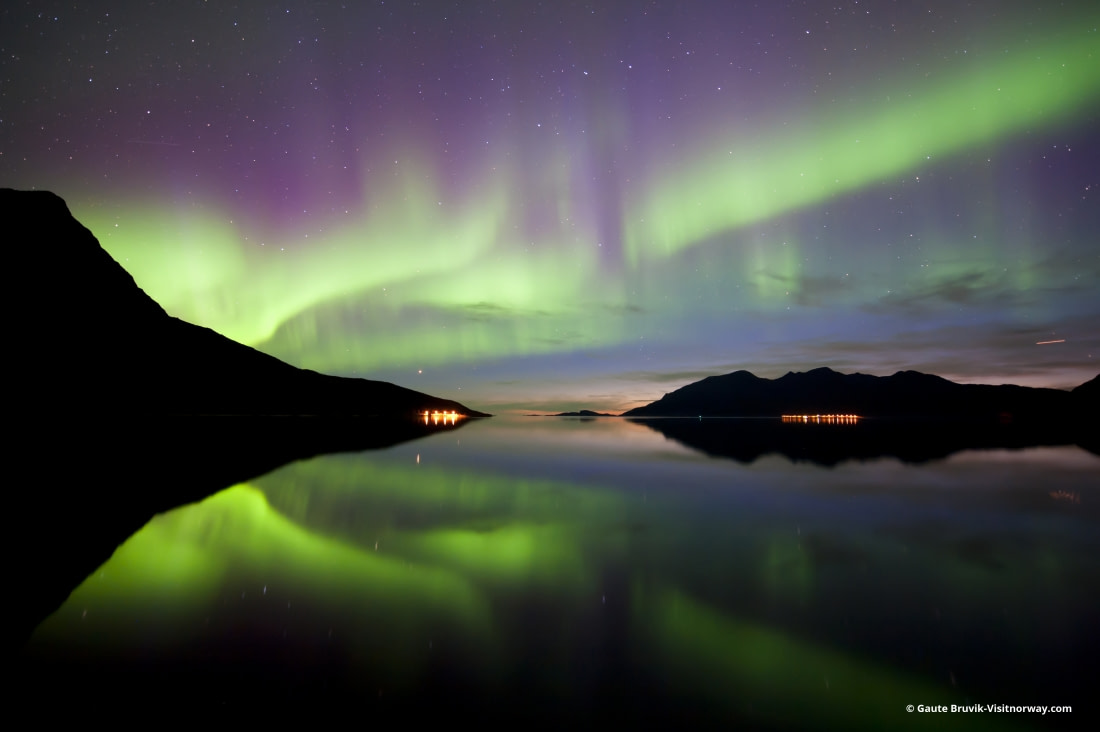
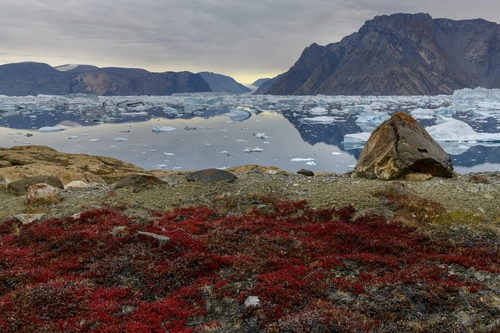
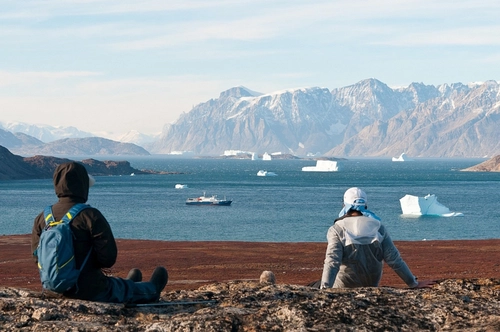

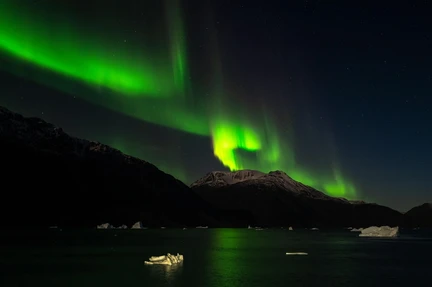

Related Trips
Blog


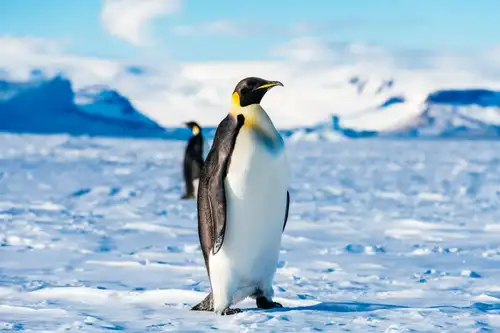
Penguins, Petrels, and Prions: Top Antarctica Bird Tour Spots
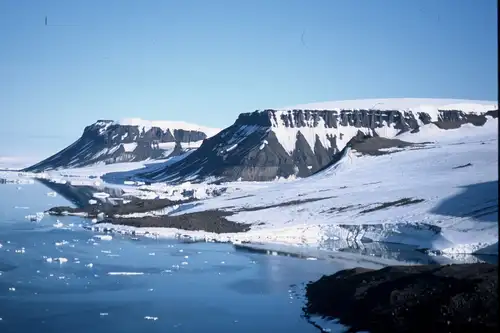
Franz Josef Land Sites, Species, and Experiences
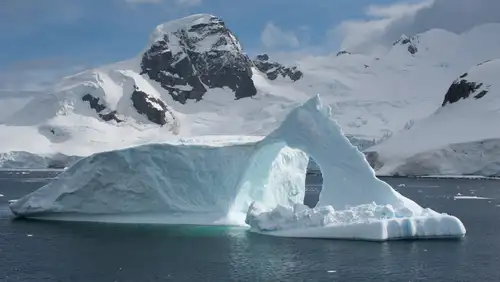
All things ice in the Antarctic
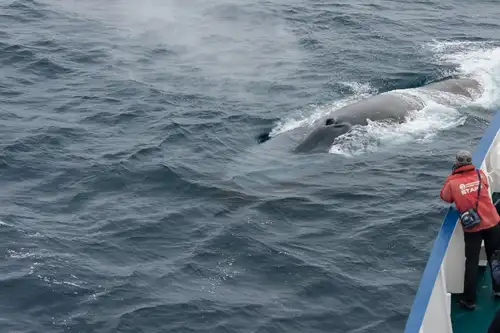
10 Bountiful Blue Whale Facts

10 Books and Films To Prepare for your Antarctica cruise

Explore Antarctica Without Leaving Your Couch
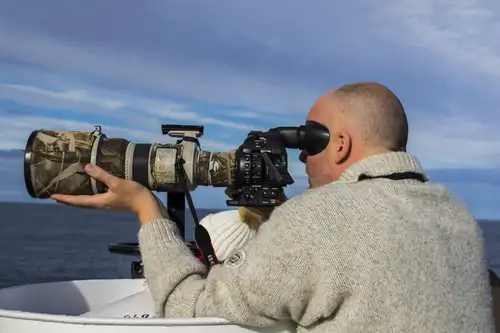
10 Tried-and-True Bird Photography Tips
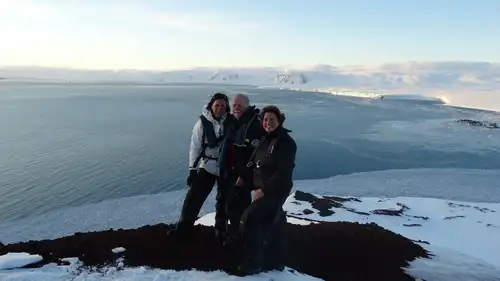
Polar Cruises: The Ultimate Icebreaker

Around Spitsbergen vs. North Spitsbergen
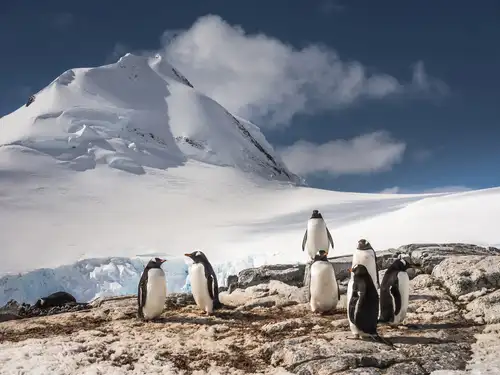
Antarctica Cities (and Five Other Things That Don’t Exist There)

The Plants of Antarctica
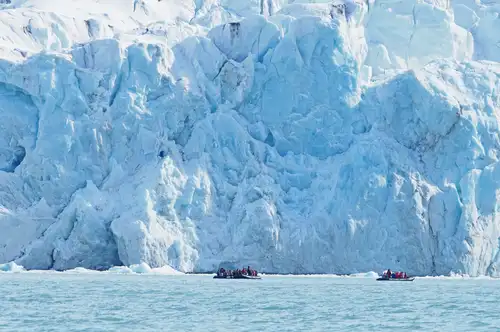
All About Ice: Glaciers and Icebergs of the Arctic and Antarctica
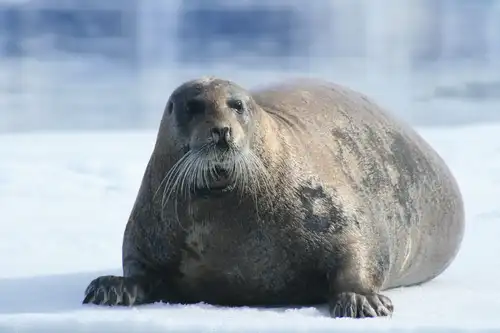
Arctic Seals
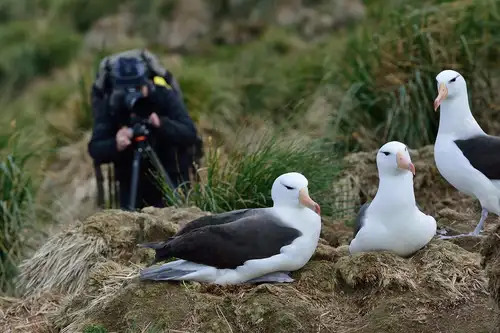
15 Falkland Islands Bird Photos

Antarctic krill: Antarctica's Superfood
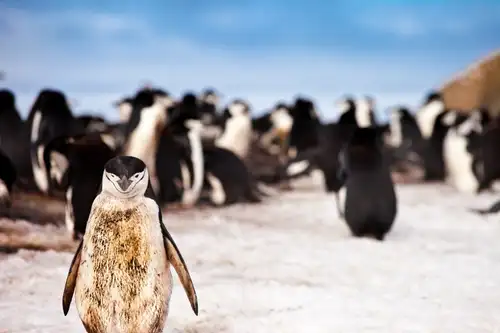
Seven Facts About Antarctic and Sub-Antarctic Penguins
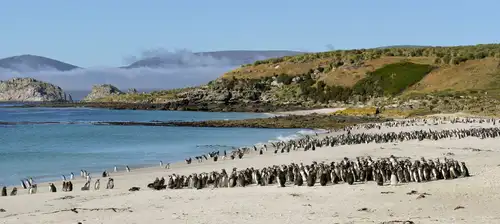
17 Reasons to Cruise the Falklands

Book Recommendations for Your Polar Cruise
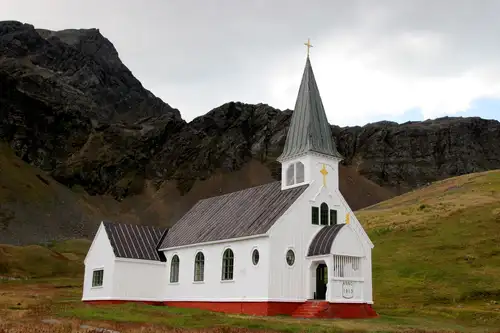
Churches in Antarctica
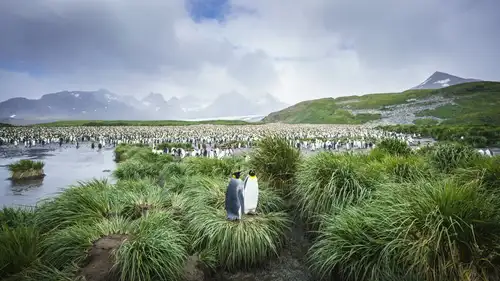



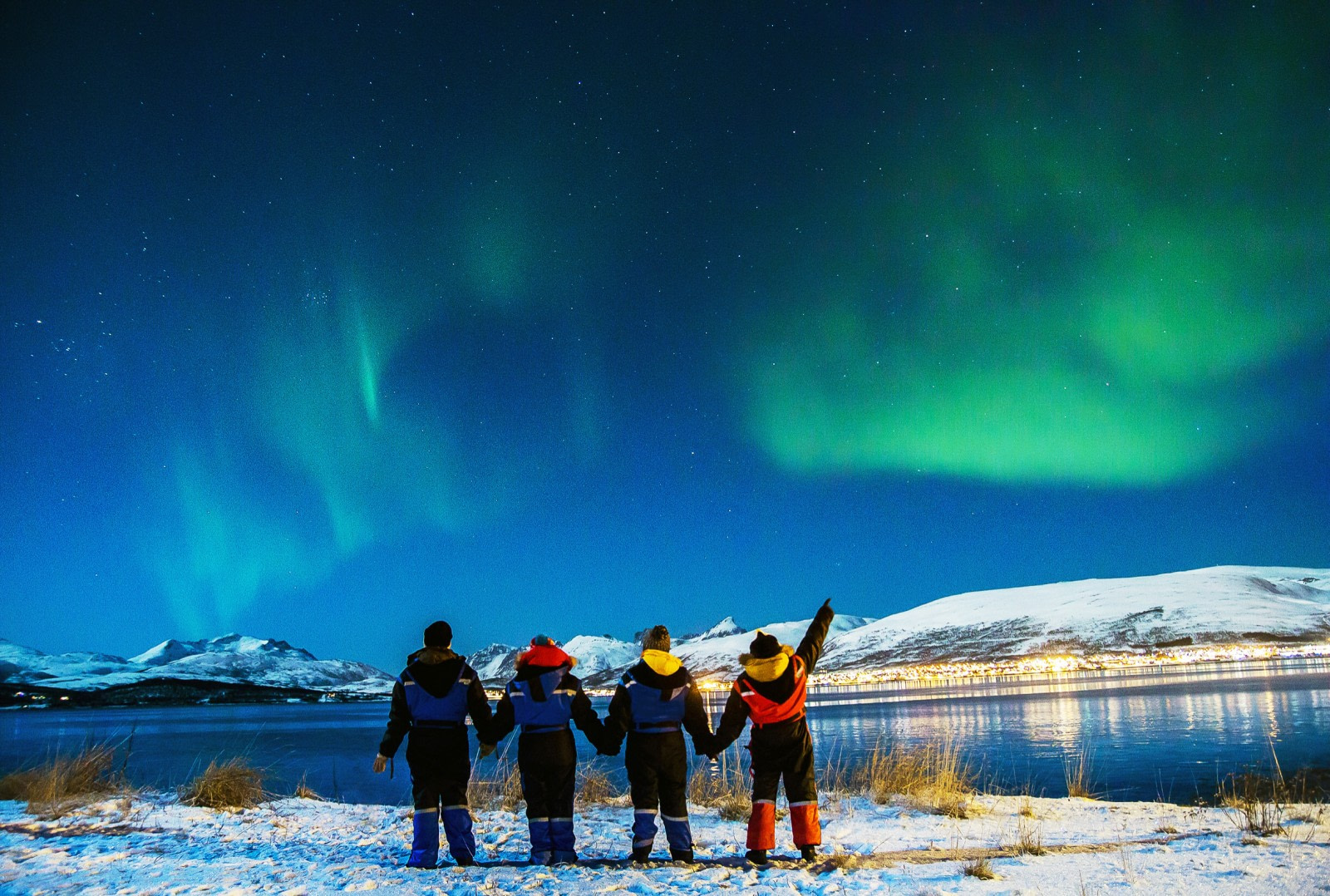

 20 Days / 19 Nights
20 Days / 19 Nights
